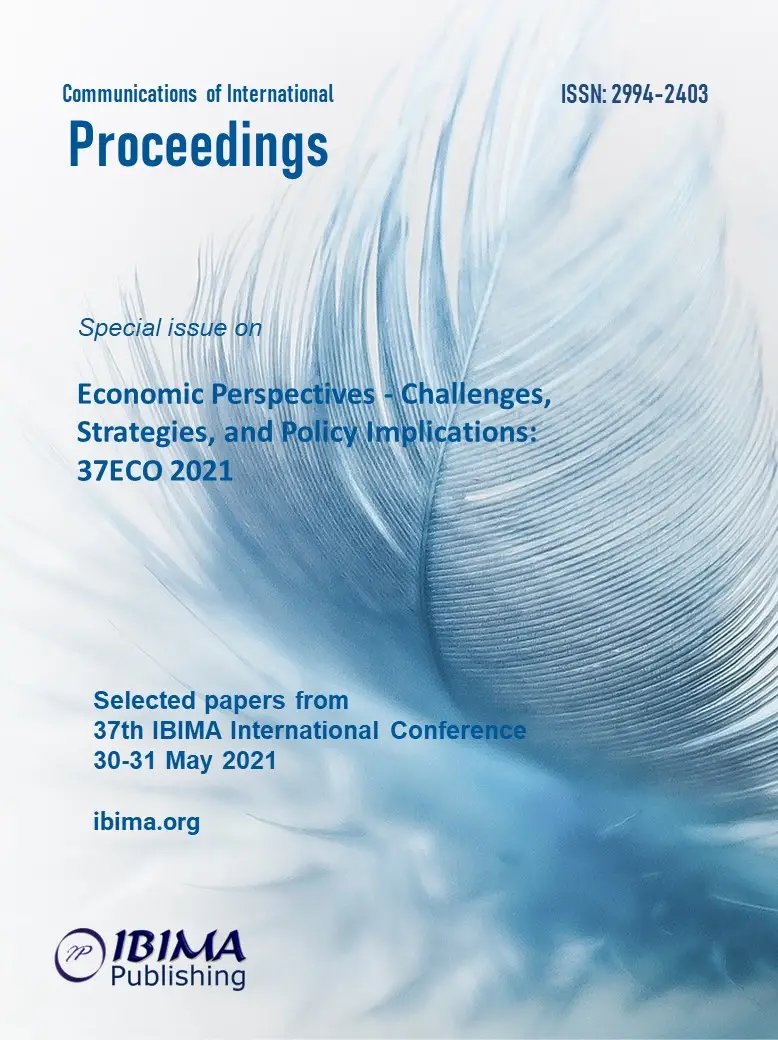
Janusz MYSZCZYSZYN, Bartosz MICKIEWICZ and Pawel MICKIEWICZ
University of Technology in Szczecin, Poland

Several reasons for a rapid economic growth of post-war Germany (known as the “German economic miracle” or ger. Wirtschaftswunder) are cited in the available literature. One of the premises of the presented theses is a relation between the rate of economic growth and the development of transport and its potential impact.
The main purpose of the article was to analyse the correlation between the rate of economic growth and different modes of transport, all the more, a major development of road transport has been observed in the analysed period.
The empirical analysis was carried out based on the available statistical data for the Federal Republic of Germany (FRG) between 1954 and 1989. The econometric methods were used, including stationarity test using ADF, KPSS and Johansen cointegration test.
The test results showed: a) bidirectional long-term relationship between the per capita GDP variable, the level of rail, road and inland waterway freight transport and the rate of economic growth in Germany and between the GDP and rail freight transport; b) unidirectional long-term relationship between the GDP variable and the level of road and inland waterway freight transport.